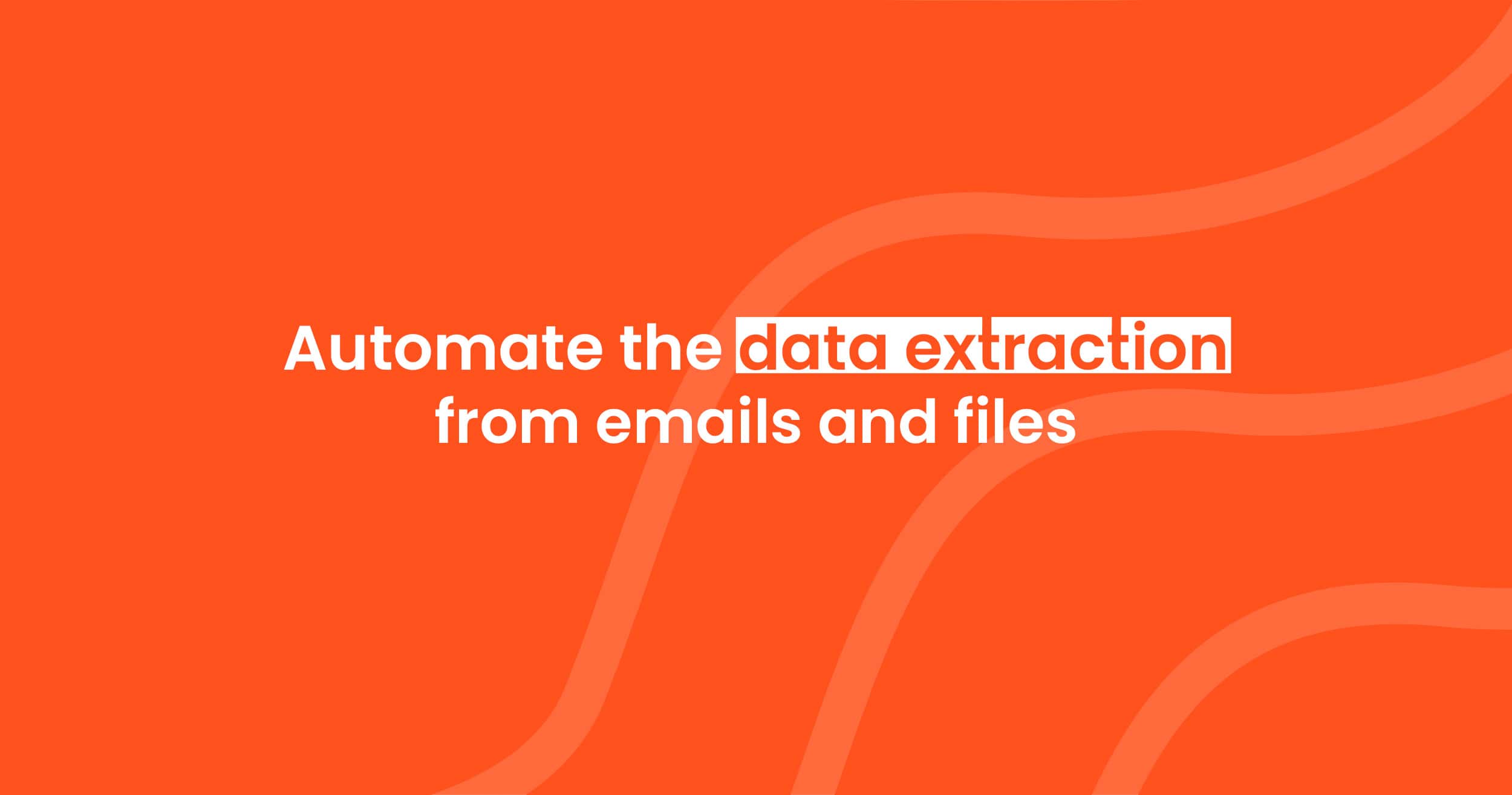A Brief History of PDF

A Brief History of PDF: The Evolution of Digital Documents
The Portable Document Format, known as PDF, represents a significant technological advancement that fundamentally changed the way people disseminate and preserve documents in the digital age. It was developed by Adobe Systems and introduced in 1993 to enable consistent document presentation across various hardware, operating systems, and software. The design of the PDF was driven by the need for a format that could maintain the fixed formatting of a document, ensuring that text, images, and layout appear the same on any screen.
PDFs quickly gained traction due to their versatility and reliability for document exchange. They became the de facto standard for electronic documents, especially in fields that demanded the preservation of original formatting, such as legal documents, sholastic papers, and eBooks. The file format not only achieved visual fidelity across platforms but also included support for features like embedded fonts, hyperlinks, form fields, and digital signatures, greatly expanding its use cases.
Origins and Evolution of PDF

The Portable Document Format (PDF) has significantly impacted document sharing and display, transforming from a proprietary system to a global standard. It harmonizes the way graphics and text are viewed across various platforms.
The Birth of PDF
In the early 1990s, the need for a consistent document format that could maintain design integrity irrespective of software and hardware became clear. Adobe Systems responded to this need by introducing the PDF in 1993. This creation intended for documents to be viewed, printed, and shared while preserving their original design.
From Proprietary to Standard
Originally a proprietary format, PDF saw its transition to an open standard in 2008, when Adobe Systems relinquished control to the International Organization for Standardization (ISO). By becoming an ISO standard, the format's specifications were universally accessible, ensuring broader compatibility and encouraging widespread adoption.
Enhancements and Adoption
Over the years, PDF has undergone several enhancements incorporating a multitude of features, such as:
- Annotation and comment tools
- Security measures like encryption
- Integration of external links and multimedia elements
- Updates to maintain compatibility with emerging technologies
The format was solidified as an expandable foundation with the ISO 32000-1 standard in 2008, and further updates in 2011 and 2014. With these advancements, PDF remains a versatile format widely adopted across different industries for its robust feature set and ability to display documents consistently.
The Impact of PDF on Society

The Portable Document Format (PDF) has profoundly influenced the dissemination and preservation of knowledge across various digital platforms, significantly shaping how information is exchanged and consumed in modern society.
PDFs in the Digital Age
In the realm of digital documentation, PDFs have become a ubiquitous force, encapsulating a wide range of content from official forms to books. This format has standardized the way electronic documents appear across diverse systems and devices, ensuring consistency and reliability in the presentation of information. As the internet grew, PDFs became integral in sharing documents via email, which spearheaded a new era of global communication. The digital age further expanded as educational resources, such as Stephen Hawking's lectures and seminal works like "Sapiens: A Brief History of Humankind" by Yuval Noah Harari from the Hebrew University of Jerusalem, were distributed as PDFs, broadening access to knowledge and fostering an interconnected intellectual community.
Accessibility and Ubiquity of PDF
The beauty of PDF lies in its inherent design for accessibility. A PDF file can encapsulate text, images, and interactive elements like fillable forms, which streamline processes from banking to healthcare. This universal file format has become a staple in various sectors, allowing nations to seamlessly exchange and archive critical documents. From a reader's perspective, a PDF version of a history book or an article can be easily accessed on a multitude of devices, making it a convenient choice for both authors and audiences. As the format continues to be widely adopted, it is poised to perpetuate its role in shaping the future landscape of information exchange and accessibility across humankind.

